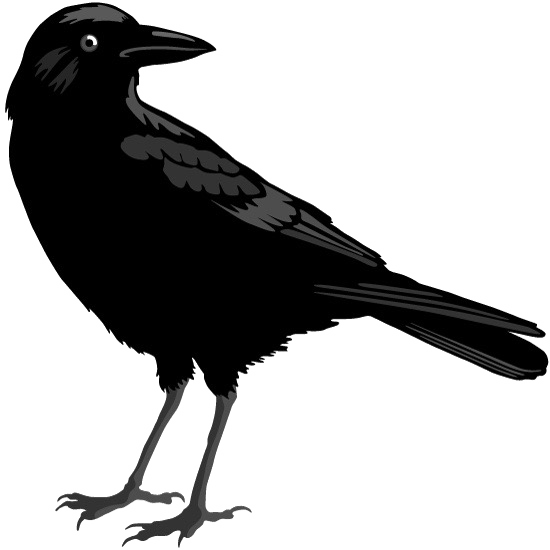Nostalgia Is One Hell Of A Drug
Cambridge English Dictionary defines nostalgia as “a feeling of pleasure and sometimes slight sadness at the same time as you think about things that happened in the past”. I define nostalgia as a sensation or perception as it relates to culturally shared moments across age groups, ethnicities, race, profession and academic school of thought. Nostalgia as an element of social consciousness, is polarizing by nature. This means that two cultural groups will not remember the same event the same way, either one group has positive emotions, and the other group has negative emotions, or both groups hold varying degrees of positive and negative emotions.
Kareem “Biggs” Burke, an esteemed pop-culture philosopher once said “sometimes I miss the vibe, but then I remember the disrespect”, I hope I quoted that correctly. What this statement literally does is to further illustrate the polarizing nature of nostalgia even within the group or the individual. Think about it, have you ever reminisced about an old horror movie that you saw as a kid with your family, and in the same breath remembered the crippling fear you felt when the night came and the lights went out? Or a uni lover who did you dirty but in spite of that holds a warm place in your heart even though you still get PTSD from the heartbreak? – why would an experience that ended badly, continue to feel so good?
Well, we have our brains to thank for that. By design, the brain functions to elevate parts of the memory which are pleasurable, and represses the parts which are unpleasant. It is a complicated process of human evolution that has served the human race from time. Does this mean that our brain is broken? No, all it does is what it has been designed to do – plug, play, optimize. Part of optimization is memory decay, our conscious and subconscious memories are filed away in the unconscious – this is the deepest and darkest parts of our minds. Memories that get filed away in the unconscious cannot be actively recalled no matter how hard you try, what helps are retrieval cues, or in more extreme cases, hypnosis.
Retrieval cues are basically elements in the environment that triggers recall. Retrieval cues can be present in the external environment, such as sound, smell, touch, taste, and sights. Retrieval cues can also be internal to the person retrieving the memory, such as physical states or feelings. Retrieval cues are why Usher has a hit song titled “You Remind Me” – retrieval cues are why a familiar perfume scent can either make you smile ear to ear, or tear up a little in memory of the one that got away. Retrieval cues are so powerful, and it is why the design universe has informally decided to adopt certain colors as symbolic representation of actions. The red light means stop and so does your delete button, even if you’ve not read the words on the button, you automatically recognise what it could 90% mean.
Retrieval cues are all around us, it’s in the music we listen to, the movies we watch, the billboards we see, the magazines we read, the market we patronize, the documentaries we learn from, the digital ads that bombard us, and the people we are drawn to interact with. These different social elements tap into a moment in the time of our lives that will form the relatability needed to buy into their agenda. Advertisers, movie/music directors, interaction designers, salesmen, PR consultants, image architects etc, are intentionally or unintentionally adept at using retrieval cues to sell a story through visuals and words, that will trigger the action needed to make a sale or change perception for good.
Polarizing in nature as it is, the powerful allure of nostalgia has clearly proven to be leaning favorably towards pleasant memories. For communicators, this means that in developing strategies, tactics, and eventual comms tool kits, it is important that you stay within cultural familiarity – do your research into the words, images, and storylines that helps your audience form stronger cultural associations with your products. For designers, who I refer to as the magicians who speak the language of the unconscious memory, the task is to use shapes, colors, layouts and typefaces as visual collaterals that introduces the brand personality and strengthens its positioning as a trusted friend and cultural ally.
As internet penetration spreads across the planet, more people are adopting the use of smart mobile phones, and the world continues in its move into digital-first platforms of interactions. This means that there will be an influx of culturally diverse pockets of people, and there’s a need for robust integrated communication strategies that incorporates and projects an authentic cultural salad bowl that not only taps into the culture, but represents moments in the culture. In designing products for finance, entertainment, health, wellbeing and sports, ask yourself – beyond the technicalities and business strategies, what’s the one thing the user will remember about my product? How do I immortalise the concept?
